15 Must Know Opening Pawn Formations
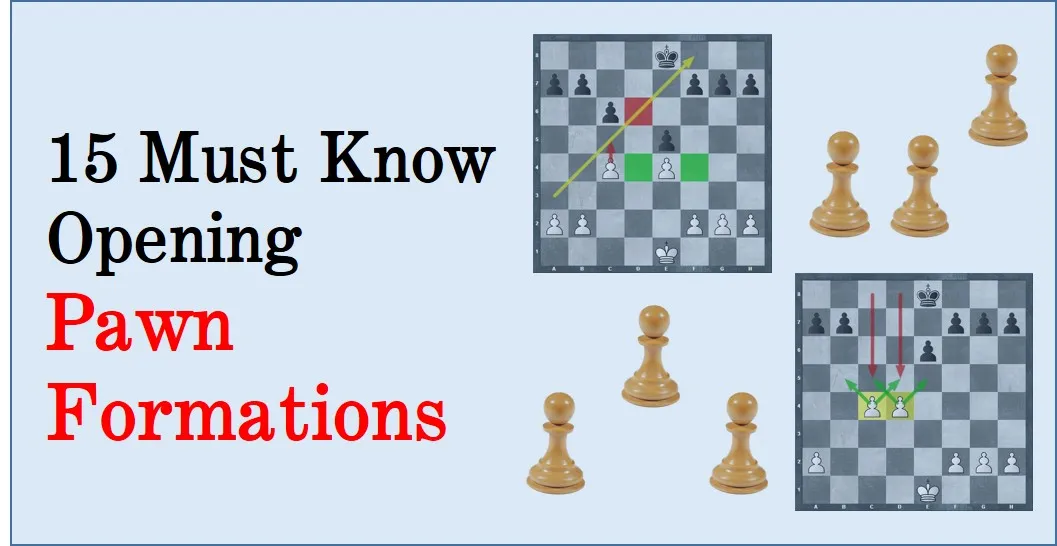
The pawn structure is a factor that primarily decides how the game will progress. In order to play chess at a high level, it is necessary to understand the fundamental pawn formations that arise from the openings. GM Andrew Soltis has classified major pawn formations into 22 main categories depending on the opening played. In this article, we will focus on the 15 most fundamental formations that every chess player must know. This is very condensed and straight-to-the-point material, which is definitely worth analyzing.
Chess Formation #1. Boleslavsky Formation

Opening: Sicilian Najdorf, Classical, Sveshnikov, etc.
Type of Position: Open, dynamic
Ideas for White: Taking control of the weak d5 square, attacking d6 pawn, f2-f4 break
Ideas for Black: d6-d5 break, minority attack, controlling the c4 square
Chess Formation #2. Caro Formation
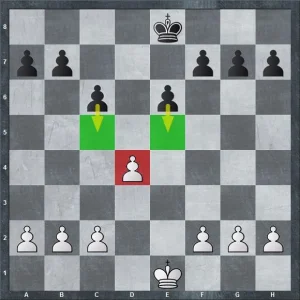
Opening: Caro-Kann, French, Queen Gambit Declined
Type of Position: Positional, strategic maneuvering
Ideas for White: Strong outpost on e5, space advantage of the king’s side, d4-d5 break,
Ideas for Black: Weak d4 pawn, c6-c5 and e6-e5 breaks.
Chess Formation #3. Closed Sicilian Formation
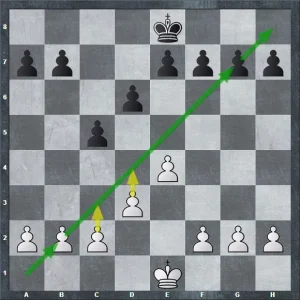
Opening: Closed Sicilian, Closed English (reversed)
Type of Position: Closed
Ideas for White: kingside pawn attack, c2-c3 and d3-d4 breaks
Ideas for Black: queenside pawn attack, a1-h8 diagonal
Chess Formation #4. d5 Pawn Chain Formation
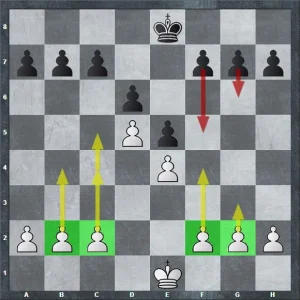
Opening: King’s Indian, Benoni, Ruy Lopez
Type of Position: Closed
Ideas for White: Queenside space advantage, c2-c4-c5 break, f2-f4 break.
Ideas for Black: Kingside attack, f7-f5 break, c7-c6 break.
Note: In order to develop a positional understanding it is necessary to go over the annotatedGM chess games, and to think why certain moves were made. Only when you put yourself in the the player’s shoes you will be able to fully understand the problems he was facing in the game and your will be able to improve you own chess. That’s exactly what you can do by studying our training course.
Chess Formation #5. Dragon Formation
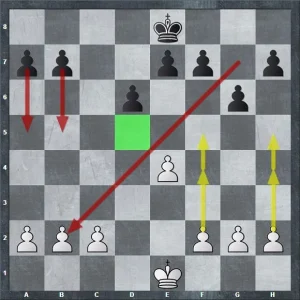
Opening: Sicilian Dragon, English (reversed)
Type of Position: Razor Sharp
Ideas for White: Outpost on d5, kingside attack, f2-f4-f5 break or h2-h4-h5 break.
Ideas for Black: Control of long diagonal, queenside attack
Chess Formation #6. e5 Pawn Chain Formation
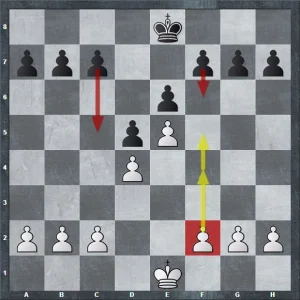
Opening: French
Type of Position: Closed, semi-closed, sharp game
Ideas for White: King’s side attack, f2-f4-f5 break
Ideas for Black: Breaks via c7-c5 and f7-f6
Chess Formation #7. Hanging Pawn Formation
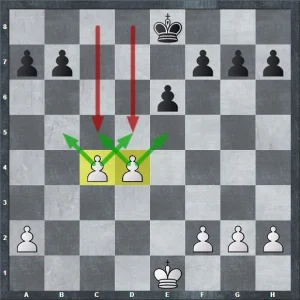
Opening: Queen’s Gambit Declined, Queen’s Indian Defense
Type of Position: Open
Ideas for White: Opening center, king’s side attack
Ideas for Black: Forcing advance, weakening the pawns
Chess Formation #8. Hedgehog Formation
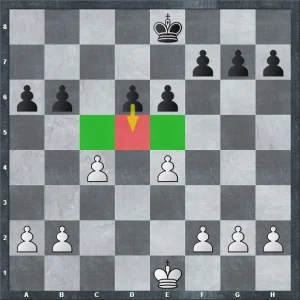
Opening: English, Sicilian
Type of Position: Closed, semi open
Ideas for White: e4-e5 break, supported by f2-f4
Ideas for Black: Opening the center via d5
Chess Formation #9. Isolani Formation
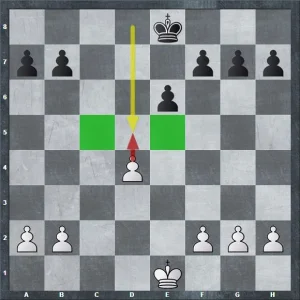
Opening: Queen’s Gambit, French
Type of Position: Open
Ideas for White: d4-d5 break, attack at the center, outpost on e5, kingside attack
Ideas for Black: blockade, transitioning to the endgame
Chess Formation #10. Maroczy Formation

Opening: Sicilian
Type of Position: Semi-open
Ideas for White: Fianchettoing of bishops, kingside attack, c4-c5 and e4-e5 breaks
Ideas for Black: b7-b5 break, f7-f5 beak, d6-d5 break
Chess Formation #11. Orthodox Formation
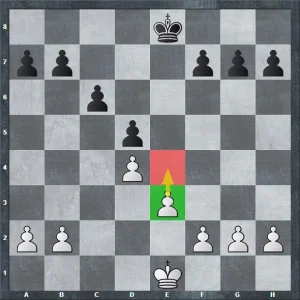
Opening: Queen’s Gambit Declined. Caro-Kann (reversed)
Type of Position: Semi-open
Ideas for White: Minority attack, e3-e4 break
Ideas for Black: e4 outpost, kingside attack
Chess Formation #12. Rauzer Formation

Opening: King’s Indian, Old Indian (reversed), Ruy Lopez (reversed)
Type of Position: Semi-open
Ideas for White: Weak d6 square, c4-c5 break, a3-f8 diagonal, queenside attack
Ideas for Black: Weak d4, a1-h8 diagonal, king’s side attack
Chess Formation #13. Scheveningen Formation
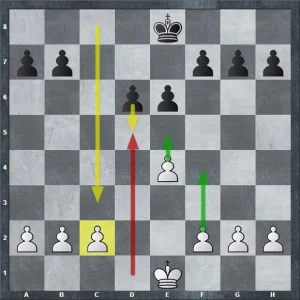
Opening: Sicilian (different variations)
Type of Position: sharp
Ideas for White: Pressure on d-file, space, e4-e5 break, f2-f4-f5 push
Ideas for Black: Pressure on c-file, minority attack, d6-d5 break
Chess Formation #14. Slav Formation

Opening: Slav, Catalan, Grunfeld, Colle.
Type of Position: positional
Ideas for White: Pressure on c-file, d4-d5 break
Ideas for Black: e6-e5 break and c6-c5 break
Chess Formation #15. Stonewall Formation
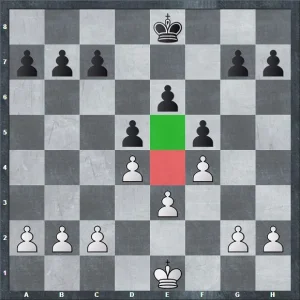
Opening: Dutch, Colle, English
Type of Position: Closed, symmetric
Ideas for White: Outpost on e5, exchange of bad bishops
Ideas for Black: Outpost on e4, exchange of bad bishops
Note: Middle-game is no doubt a very important part of chess. If you want to improve your general chess level simply working on the middle-game is not enough. If you aim for a dramatic improvement at chess you need to work on all of the elements of the game in a systematic way:
- tactics
- positional play
- attacking skills
- endgame technique
- classical games analysis
- psychological preparation
- and much more
That seems to be like a lot of things, and that is. But no worries, we have made it easy for you. Our comprehensive training course covers it all and much more. Sign up for 21 Day Training right now!
Ready to start winning games? Check out our store and articles:



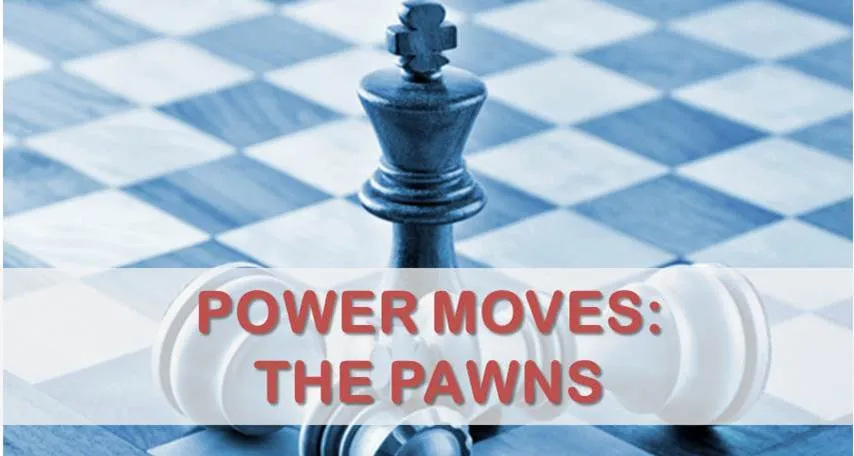
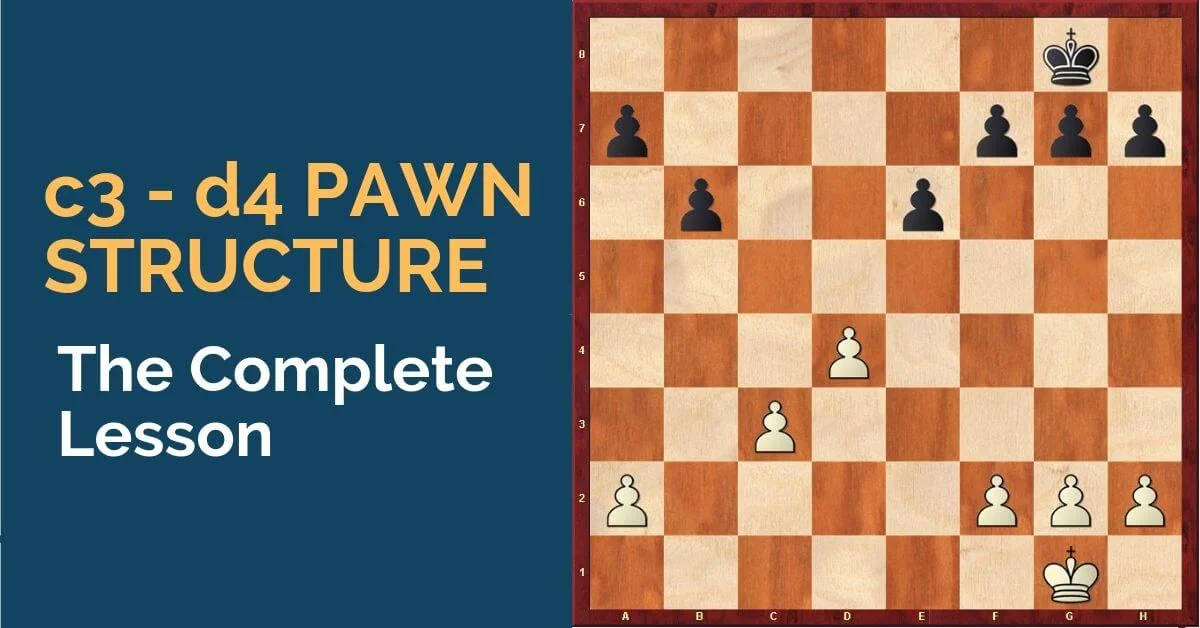





Comments: